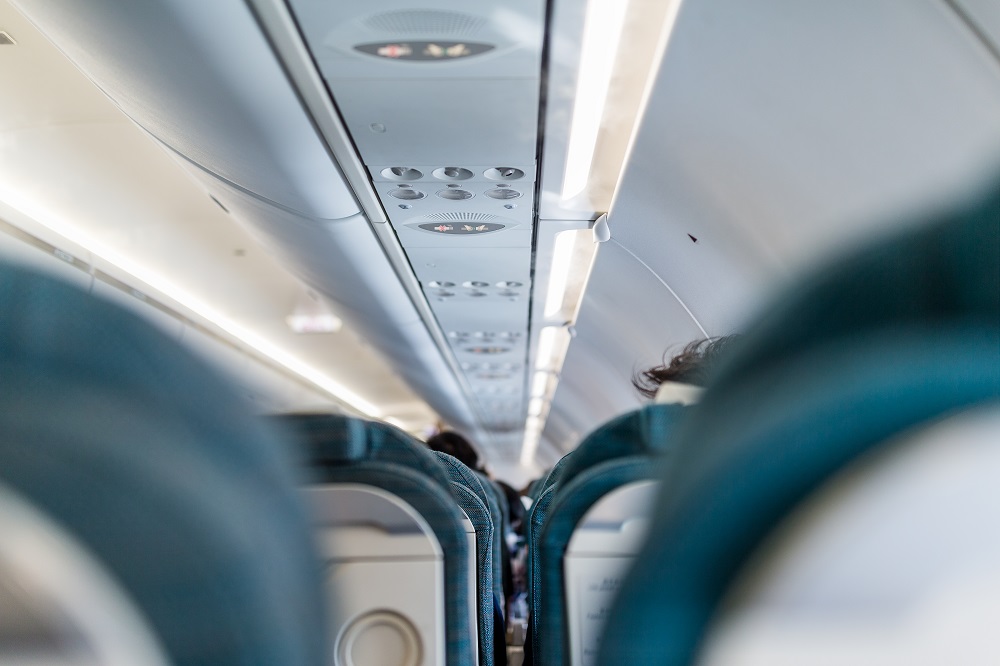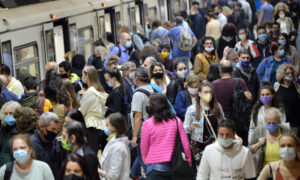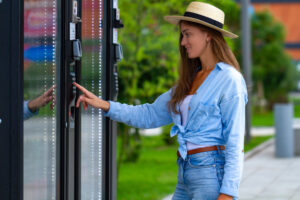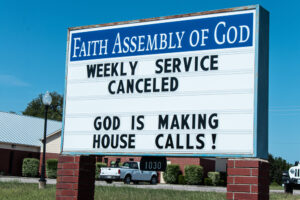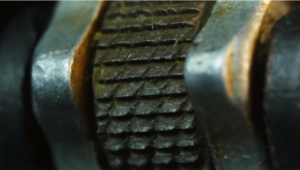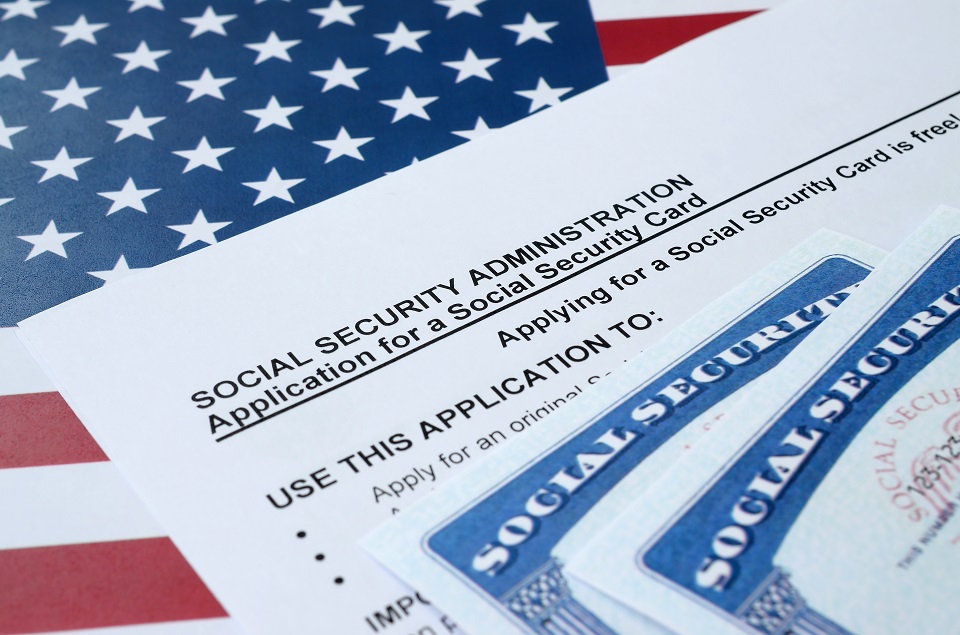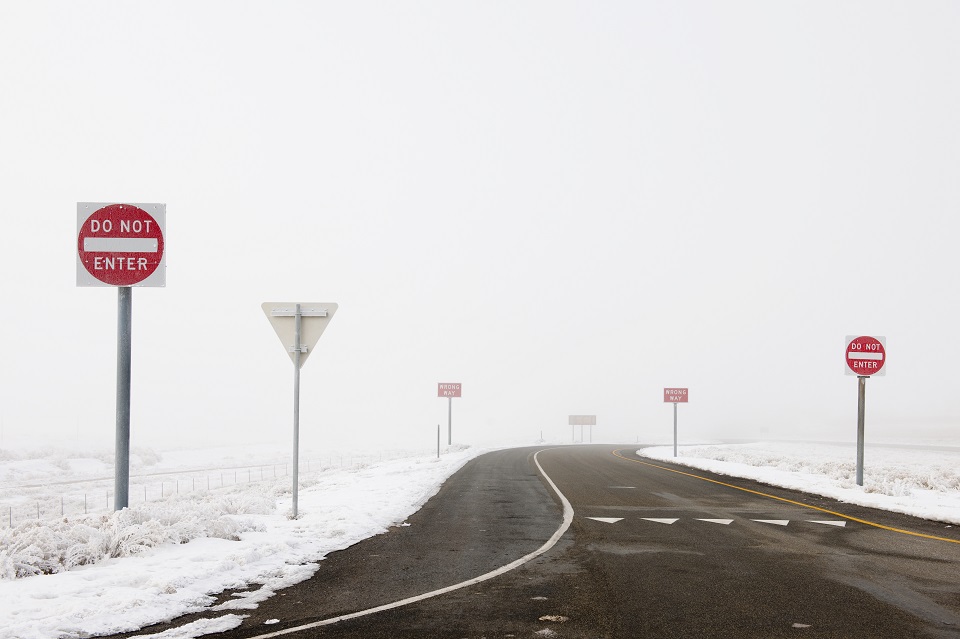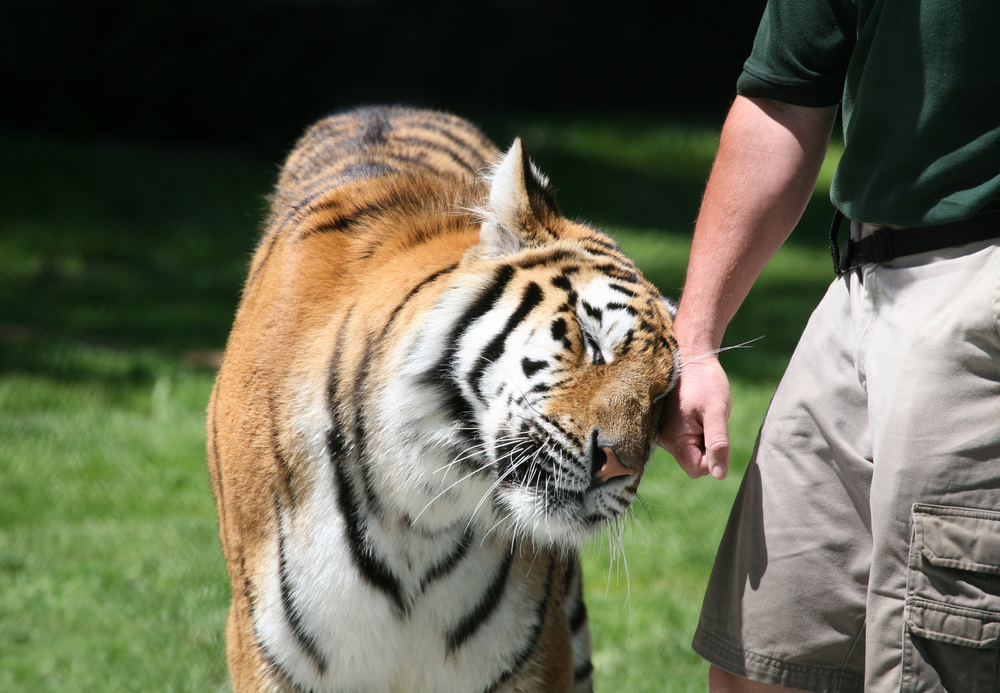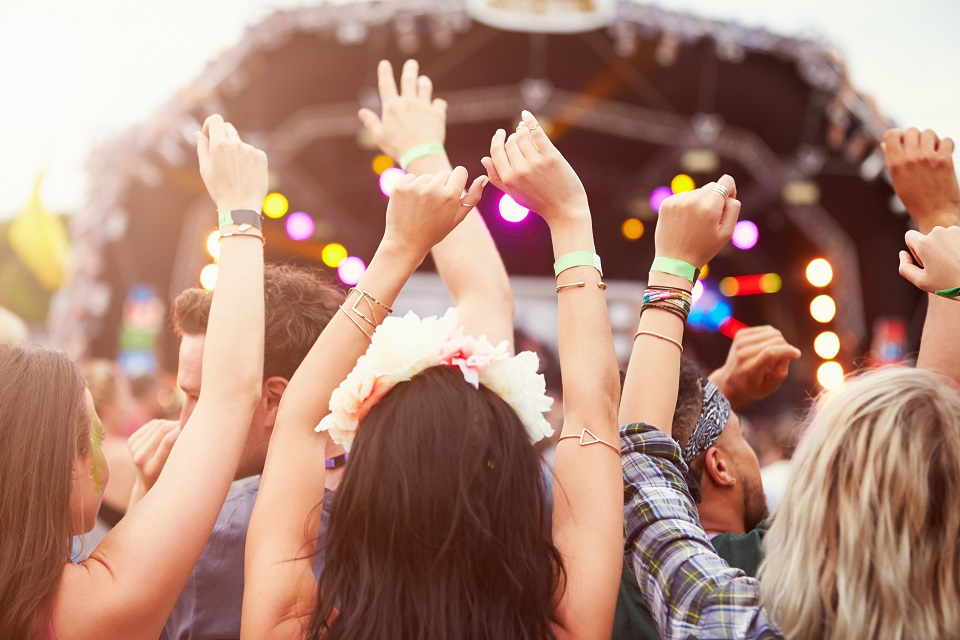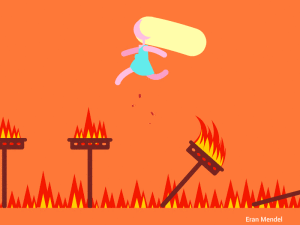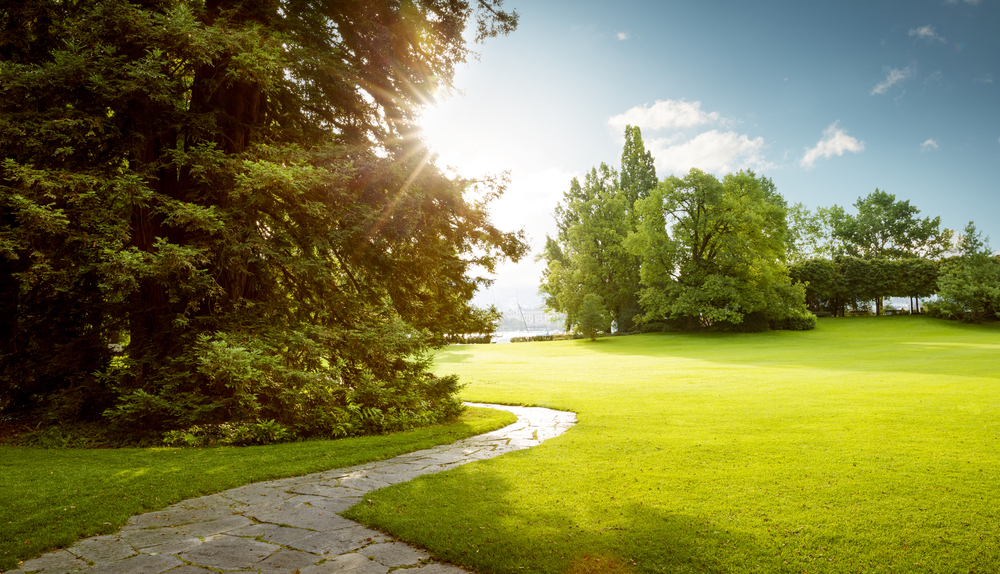
The weather is improving and the parks are opening up again— but that doesn’t necessarily imply it’s safe enough to explore the outdoors in the way we used to.
Park safety during COVID-19
Almost every aspect of our daily lives has been affected by the COVID-19 pandemic, but as summer approaches, a new “phase” of pandemic life also seems to be dawning. Businesses are starting to re-open as the case count curve flattens. Given this, however, advice on what’s safe to do right now hasn’t always been straightforward.
There’s definitely been a lot of talk about how outdoor spaces are safer than indoor areas, but “safer” doesn’t mean “completely risk-free.” When you want to go into a public space, here are some guidelines to obey, right from the Centers for Disease Control and Prevention ( CDC), to keep yourself and others safe.
Stay close to home
If you’re planning on going to a public park, you ‘re better off choosing one that’s close to your home, or a short drive away than one that requires a 40-minute car ride. Since we’re not completely “sheltering in place” anymore, that doesn’t mean it’s an open season to travel wherever we want.
If you’re driving a long road ahead, you ‘re more likely to stop along the way, increase your interpersonal interactions and even contact with physical surfaces that might spread the virus.
Be conscious of conditions in your area
Yeah, total case numbers of COVID-19 are slightly decreasing, but there are many areas where cases are rising and/or higher than they have ever been. If your area sees an increase in cases or emerges as a “hot spot,” it may not be time to start some of these activities, and if you do, make sure you exercise with extreme caution.
Wear a mask
It is true that outdoor activities are safer than indoor activities, but masks are still one of the best ways to minimize the spread of the virus, so you should wear one in public, including outdoors. Talking across distances, as well as the wind itself, will disperse the virus particles, so you can add an additional layer of protection by wearing a face mask.
Wash your hands
Just like wearing a mask, washing your hands for 20 seconds or more would be another super-simple way to fight the spread of the virus. You might be sick of hearing (and doing) it, but the reason you hear it so much is that it’s efficient.
So make sure that you wash your hands after using the restroom; before eating; after blowing your nose, coughing or sneezing; and after touching surfaces in public areas.
Stay six feet from others
“Social distancing” is one of the phrases about coronavirus that everyone should learn, and for a good reason. While many have started using “quarantine bubbles” for people outside your house, that doesn’t mean you shouldn’t keep the six feet away distance from other people. If you’re going to stay in the park, make sure you ‘re more than six feet (two meters) away from the others.
But if you’re going to move around, make a similar attempt to keep the same distance from the people you encounter. It can be difficult to navigate around people, particularly on trails and paths, but you’re still expected to make the effort.
Don’t use playgrounds
The CDC warns that the time has not yet come to return to playing on playgrounds, even outdoor ones. For one thing, they can get more crowded than open areas, not to mention the challenge of social distancing on a narrow bridge, platform, or staircase like the ones that playgrounds often have. For another, the surfaces on the playgrounds can be difficult to clean and keep clean.
And although the CDC has established that the novel coronavirus doesn’t spread as easily to the surface as we initially assumed, you’ll still want to reduce your risk by avoiding contact with surfaces where you don’t know how many people have touched it recently or the last time it was cleaned.
Don’t visit crowded areas
If the park you ‘re planning on visiting looks so crowded that it’s going to be difficult, if not impossible, to keep your social distance safe, consider coming back another time. The CDC begins to warn against gathering in large crowds, as these are the prime circumstances for the spread of the virus.
Don’t gather in groups
Just as you can avoid populated parks, you should also be prepared to hold off meetings in groups of ten or more. Although, yes, a lot of people are beginning to meet up with a few friends and family from outside their own homes again, and that’s great as long as you manage it responsibly, you should also aim to maintain a group size limit to minimize the risk of spreading the virus.







